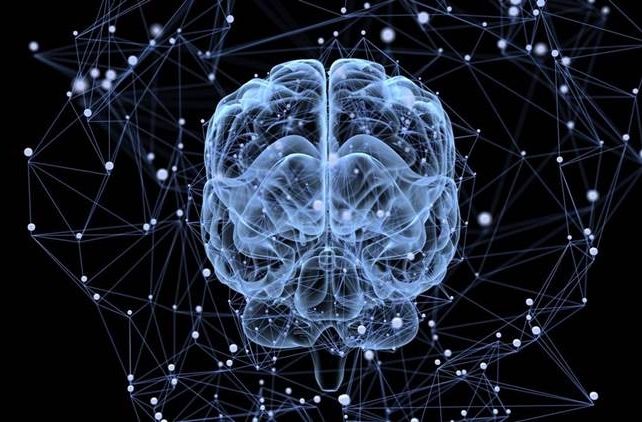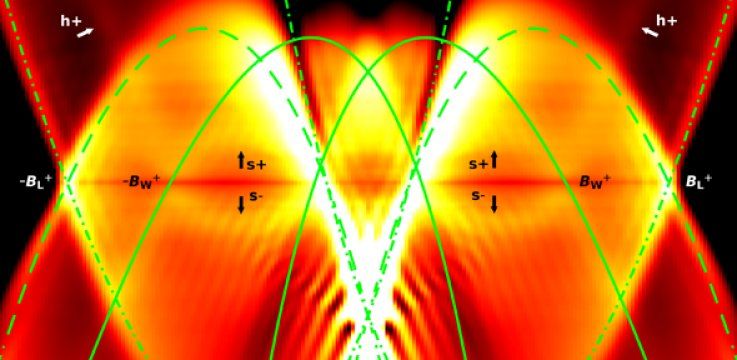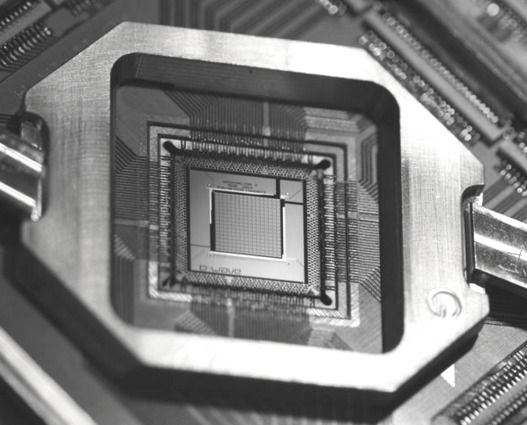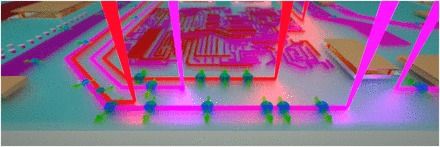Sep 15, 2016
New technology may help read brain signals directly
Posted by Karen Hurst in categories: computing, information science, neuroscience
Nice.
Researchers have developed a new technology that can help read brain signals directly and may also aid people with movement disabilities to better communicate their thoughts and emotions. The technology involves a multi-electrode array implanted in the brain to directly read signals from a region that ordinarily directs hand and arm movements used, for example, to move a computer mouse.
The algorithms translate those signals and help to make letter selections.
Continue reading “New technology may help read brain signals directly” »


















